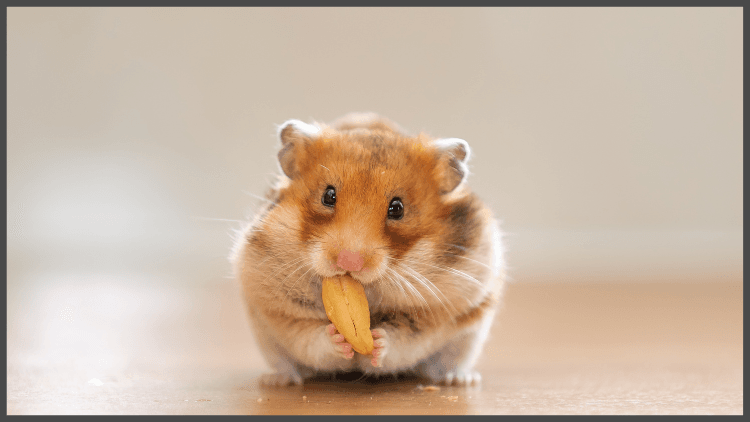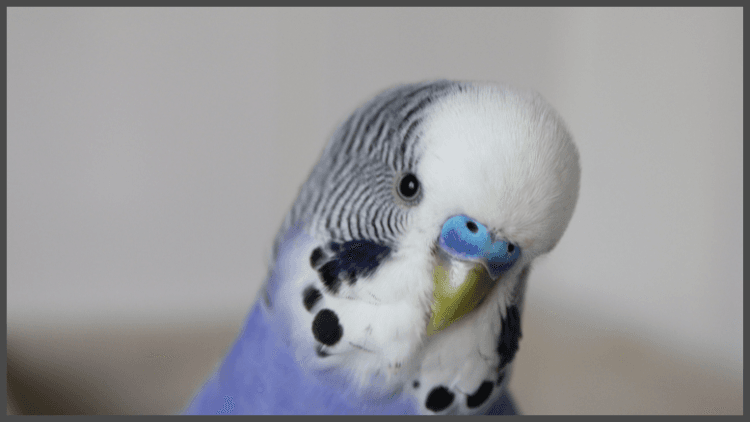Pets make our lives so much brighter! Who among us hasn’t spent hours scrolling through social media apps looking at pictures of other people’s pets? And, for those of us who have pets, caring for an animal brings us a greater sense of our own capacity for responsibility and a higher sense of purpose. Having a pet is a rewarding experience for kids as well as adults, but it pays to go about choosing an appropriate pet for your child. That’s why Wondrfly has compiled a list of our favorite pets for kids, just for you. We’ll give you the lowdown on the advantages and drawbacks of each, so you can make an informed selection, and choose the best pet for your child based on their individual preferences and needs.
How Can Pets Enhance My Child’s Life?
There are scores of benefits to pet owners across all areas of your child’s development. The social and emotional benefits are obvious enough, your child will gain a friend! Kids often talk to their pets as they might to stuffed animals or imaginary friends. This means that pets can be helpful in helping your child process emotions they’re tentative to speak up about to others.
Having pets can also help to teach kids big life lessons about natural processes like reproduction, birth, death, and grief. Observing and spending time with animals helps to remind us of the natural cycles of life, and having discussions about these cycles helps to prepare kids for the realities of the world. While it may seem cruel to allow your child to become emotionally attached to an animal with a 3-5 year lifespan, it can actually strengthen their emotional resources to healthily grieve for a beloved family pet, because it allows them to practice coping strategies for loss and grief under your guidance. As a parent, it is of course up to your discretion when to expose your child to this sort of emotional demand, and how to help them cope with it.
Taking care of a pet is also great for your kid’s self-esteem. Being entrusted with the care of an animal and successfully completing the tasks involved will boost your child’s confidence and encourage them to be responsible. What’s more, pets provide important lessons about nature, and can get kids excited about biology, conservation, and other related subjects. Pets teach your child compassion for other living creatures, which can build their empathy later in life. Learning to handle small pets gently can even improve fine motor skills. Therefore, the advantages of getting a pet include improvements to your child’s social, emotional, mental, and physical development!
When is My Child Ready for a Pet?
It’s a good idea to wait until your child is at least four years old to consider getting them a pet. Before this age, they may have trouble controlling their impulses with the pet or controlling their motor skills well enough to handle them gently. This can result in unfortunate consequences. Even above the age of 4, it is recommended that you, as a parent, carefully supervise pet care and handling up to the time when your child is about ten years old. Older than that, you’ll still have to remind them to complete basic care tasks, but they’ll be able to do more and more on their own!
Betta Fish

These low-maintenance fish make excellent solitary pets, in fact, same-sex pairs will fight to the death! Therefore, it’s strongly recommended you keep one betta in a tank at once, even if they are of opposite sexes, as this will prevent any little “complications” from arising. Bettas require daily feeding, a tank holding at least one liter of water, and a habitat cleaning once a week. When selecting a betta, be sure to make sure it’s healthy, as a healthy fish can live to be three years old! Healthy males have beautifully vibrant and colorful fins, and all healthy betta fish are known to react with excitement to outside stimuli. Your child can play with their betta by dangling trinkets and shiny objects outside the glass and watching them follow. The fish will also follow your child’s fingers, but remind them never to tap the glass, move the tank, or reach in!
Hamsters

Hamsters are a great first pet investment because, like betta fish, they are best kept one-to-a-cage. They are a bit more of an involved commitment than a fish, but are still relatively simple and inexpensive to keep happy and healthy! However fun and exciting being able to hold a soft pet may be for your child, one of the major risks in owning a hamster is the handling. If your child isn’t gentle or manually dexterous enough, they could be bitten by their hamster or injure it, so it’s important to make sure your child is prepared mentally and physically to handle their pet. Hamsters need to be fed daily and have their bedding changed weekly. Also consider that they are largely nocturnal, so they’re great for busy families who are mostly home in the evenings!
Parakeets

Parakeets are friendly birds who love to interact with their owners. Like hamsters, they require careful handling, so they’re best suited to kids aged seven and up. They have a lifespan of 7 to 10 years, so they’re definitely more of a long-term commitment than hamsters or bettas. They also need their diet supplemented with a little fresh fruit. If noise is a concern, this may not be your best bet, but if you want a pet that can learn tricks, the parakeet has it covered. They can follow simple commands and even learn to speak a few words! They need daily feeding as well as a change of bedding every other day. They’re generally very tidy, self-cleaning animals, but they like a refreshing spritz with a water-filled spray bottle every few days. Be sure to have your child wash their hands after handling their parakeet!
For more ways to keep your child occupied, entertained, and learning every day, check out Wondrfly’s selection of kids’ activities near you! Search www.wondrfly.com to learn more about activity programs tailored to your child’s needs, goals, aspirations, interests, and personality!
